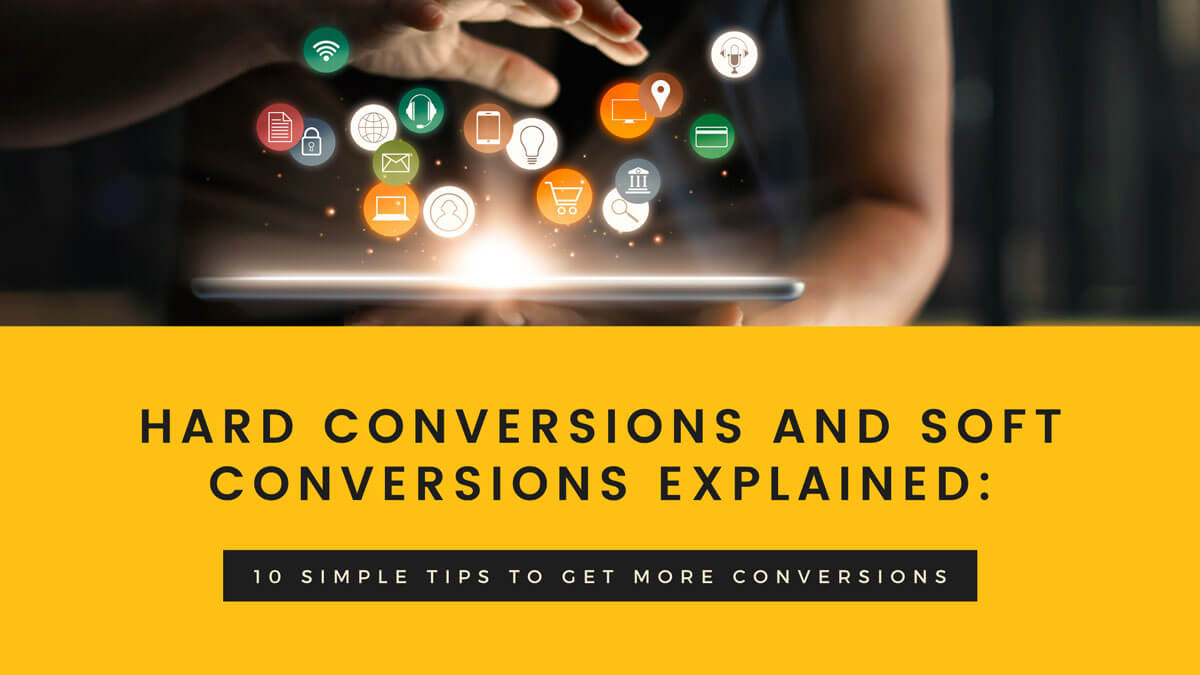Introduction – Hard Conversions And Soft Conversions Explained: 10 Powerful Tips To Get More Conversions
Hard conversion and soft conversion are very important concepts in digital marketing.
In this blog post, we would like to discuss the topic of hard conversions and soft conversions in digital marketing. We would like to teach our readers what is the difference between a hard conversion and a soft conversion.
We would like to teach our readers what is a hard conversion in digital marketing and give them some examples of hard conversions.
We would also like to teach them how to improve their hard conversions.
Lastly, we want to show our readers what is a soft conversion and give them some examples of it as well as how they can improve their soft conversions too!
Download Our Free eBook
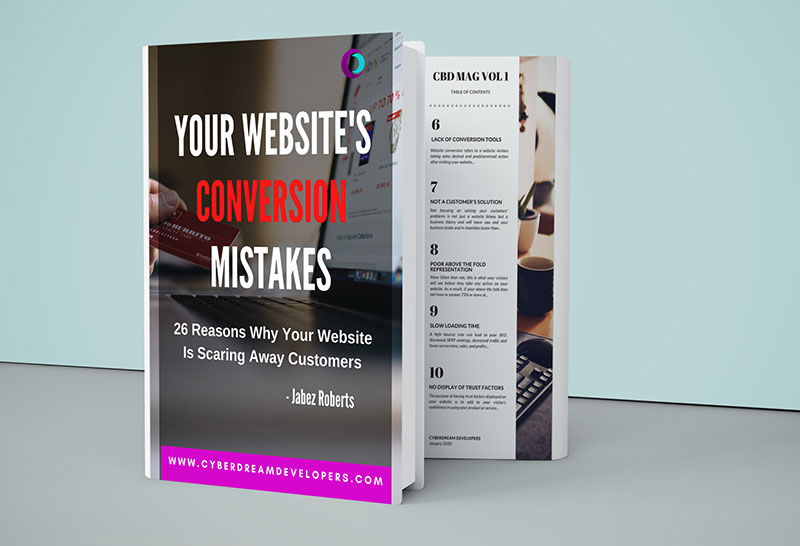
What Is The Difference Between A Hard Conversion And Soft Conversion In Digital Marketing?
What is the difference between hard conversions and soft conversions in digital marketing?
In simple terms, the difference between a hard and a soft conversion in digital marketing is that a hard conversion is similar to traditional forms of conversions like setting up a consultation or making a purchase.
They demonstrate a strong intent to become a customer or client.
Meanwhile, a soft conversion show interest in a product or service, not intent to buy the product or service, and are similar to email subscription signups, signing up to free trials, or adding an item to their cart but not checking out.
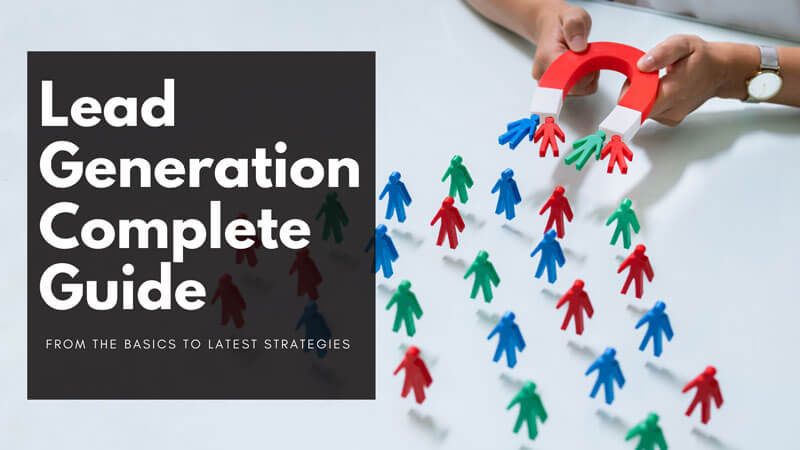
What Is A Hard Conversion In Digital Marketing?
At the core of a hard conversion, there is a general intent to become a customer or client. This means that all forms of hard conversions must impact your finances and your prospects’ finances in some way now or in the immediate future.
A hard conversion shows a clear intent to become a customer or client and it is reflected in the actions of the website visitor or prospect.
For example; a hard conversion on an e-commerce website’s landing page shown from an Ad could be the customer making a purchase of the product or service.
During this exchange, the customer went all the way by handing over their hard-earned cash to pay you for the product or service on offer.
They’ve shown an intent to be a customer of your business.
Another example of a hard conversion is when a prospect comes to your landing page for your home security services.
They couldn’t have gone straight ahead with a purchase because there is no checkout page. The cost of their home security will depend greatly different unique factors about their home and where they live.
In this instance, the hard conversion would be setting up a consultation at their home for staff to come in and give an inspection and a quote.
This shows an intent to make a purchase. Of course, they haven’t paid as yet and so they can’t be considered a client as yet.
The thing to remember is that a hard conversion brings your prospect to the end goal of your advertising campaign such as making a purchase or signing up to become a customer.

How Can You Improve Hard Conversions In Digital Marketing?
Hard conversions have a direct and immediate impact on your business’s revenues.
In other words, they are the most valuable form of conversion you can get so we really want to learn how to improve this conversion rate.
The only problem is that this type of conversion is extremely hard to get and requires a lot of trust that doesn’t always exist with a prospect or lead and your business when they first come across your website.
So we will have to work really hard to improve our hard conversions.
We will have to work extremely hard to improve our hard conversion rate but it can be done.
To improve hard conversions in digital marketing, you should consider the following things:
- Have a clear call to action on your landing page that provides an incentive for prospects to take some form of hard conversion.
For example; offer them 20% off their purchase with a discount code or give them free shipping over $50 if they sign up now and become a customer. - Offer hard conversion so that it is more attractive than soft conversions such as providing discounts or better prices on products/services, having no membership fee for customers like at gyms, giving out prizes when people refer friends who then make purchases etcetera.
- Add scarcity to your offers by limiting the hard conversion offer to a limited number of people or time.
- Offer hard conversions that are strategic for your business, such as offering home security services and hard conversion is setting up an inspection at their house with staff coming in to give them a quote right away.
- Employ email marketing software like Active Campaign to send out regular newsletters containing hard conversion offers on things they might be interested in (such as discounts) while also sending soft conversion offers too so you can stay top of mind without being spammy!
By doing this you might not get the hard conversion immediately but will have an opportunity to get a hard conversion in the future.
We will discuss this more in the rest of the article.

What Is A Soft Conversion In Digital Marketing?
A soft conversion is the exact opposite of hard conversions.
Soft conversions are typically when a prospect or lead comes to your website and they don’t go all the way by doing an action that would make you money like buying something.
At the core, we need to remember that a soft conversion is nothing more than an indicator of interest in perhaps doing business with you in the future.
There is far less of a guarantee than a hard conversion that your business will make any money from a soft conversion.
Some examples of a soft conversion include:
- A user signing up for a free trial
- A website visitor signing up to your email list
- A prospect taking advantage of a free sample
- A prospect setting up a free consultation with no obligation to commit
In all these examples and in every soft conversion we will experience there are two things that always happens:
- The prospect or website visitor shows us they are interested in becoming a customer or client if they learn more about our business, products, or services.
- They give us a way to prove that we can be helpful to them and be of service to them in helping them solve their problems.
Soft conversions give us the opportunity to work towards getting a hard conversion in the future.
By looking at this relationship between hard conversions and soft conversions you will better be able to understand the topic of hard and soft conversions as well as how to improve your business using both.

How Can You Improve Soft Conversions In Digital Marketing?
Now that we understand what a hard conversion is, how it affects our business, and how to improve it we need to also learn a bit more about improving our soft conversion rates.
Soft conversions are very important to our online success.
In fact, improving our soft conversions can also improve our hard conversions in the future.
So, how do we improve our soft conversions?
The answer is really simple. Here are a few ways to improve our soft conversions:
Make It Easy To Convert
We should make it as easy as possible for our website visitors and prospects to make a soft conversion.
That means that for email signups we should ask only for what is required like an email address or an email address and name.
The more fields that we place in our email signup form the lower our conversion rates will be.
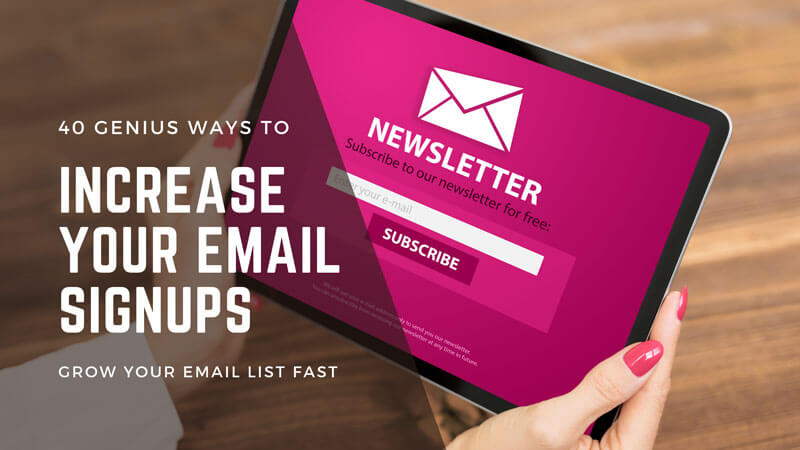
Have Only One, Clear Call To Action On Each Of Our Pages
A call to action is a prompt telling our website visitors what action they should take next or we would like them to take.
Each page or landing page offer should have only one call to action.
Whether it’s asking for an email subscription, a purchase, or book an appointment our call to action should be the same for the entire landing page and offer.
Be Visible
We should make it easier for our website visitors and prospects to find the call to action we want them to take by making sure that they are hard-coded into your site layout, have a strong color contrast with any other element on the page, or use an arrow button pointing in their direction.
Have A Clear, Concise Offer
When we ask our website visitors and prospects to sign up for an email subscription or free trial we should make it easy for them by giving them a clear description of what they are about to experience or benefit from the conversion.
Give Them More Information Upfront
We have found that when we provide enough information in our hard conversions like with eBooks or whitepapers then people want to convert because they understand why filling out the form is going to help them solve their problem better than anything else can do for them.
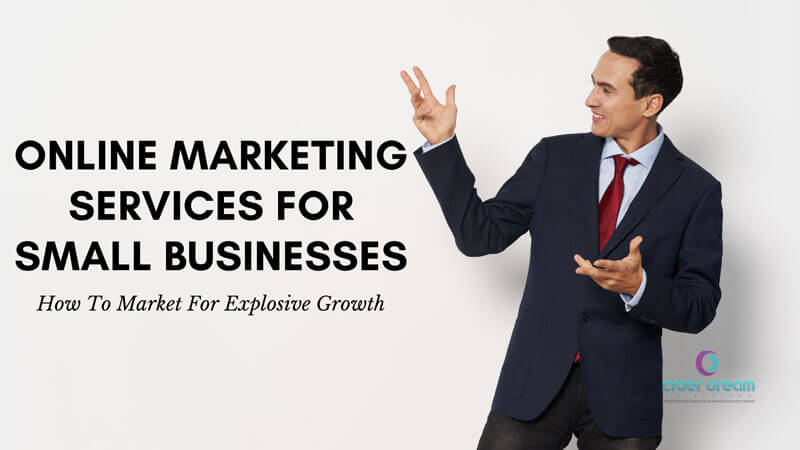
Should I use A Hard Conversion Or A Soft Conversion In My Business?
The question of which to use, a hard conversion or a soft conversion, for your marketing campaign and business is a very tricky question with a simple answer.
In some events, a hard conversion is more plausible and is better.
For example; if you are running a promotion or sale of some kind then the best conversion for your marketing objective would be an immediate sale or new customer.
At that moment you wouldn’t find it very helpful to get a new lead that is going to require a few months of nurturing and relationship-building to become a client.
In another instance, you might be a new business that is looking to get new clients in so you can stabilize and start to grow.
In that case, it might take some time for leads and prospects to warm up to your business or brand and trust you enough to start doing business with you.
In this case, the best conversion to go after would be a soft conversion for an email subscription or a free consultation.
There is no immediate need for a sale and it would benefit you to learn a bit more about your prospect while helping them to learn more about you.
In this situation, you will be building a solid foundation for the future success of your business.
The ideal answer to this question is that it depends on the situation.
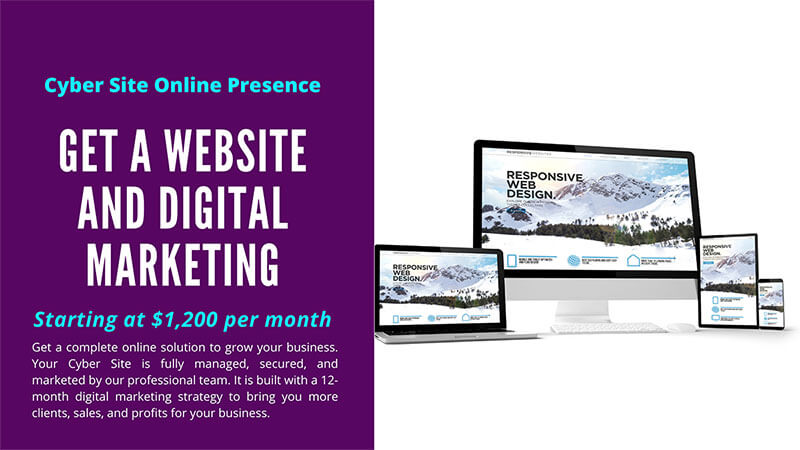
Another way to answer this question is to say you can use both in conjunction with each other. That means you can go for a hard and a soft conversion at the same time.
One way to do this without violating the law of not having more than one call to action is that you can go for a soft conversion in the form of an email subscription.
Then in a welcome mail email sequence, you can go for a hard conversion to try to convert those subscribers who have a burning desire to solve their problems.
This is one safe way for going after both a hard and a soft conversion.
Of course, when and where best to use either of these three strategies depend entirely on you, your marketing budget, and the direction you are headed in.
Conclusion – Hard Conversions And Soft Conversions Explained: 10 Powerful Tips To Get More Conversions
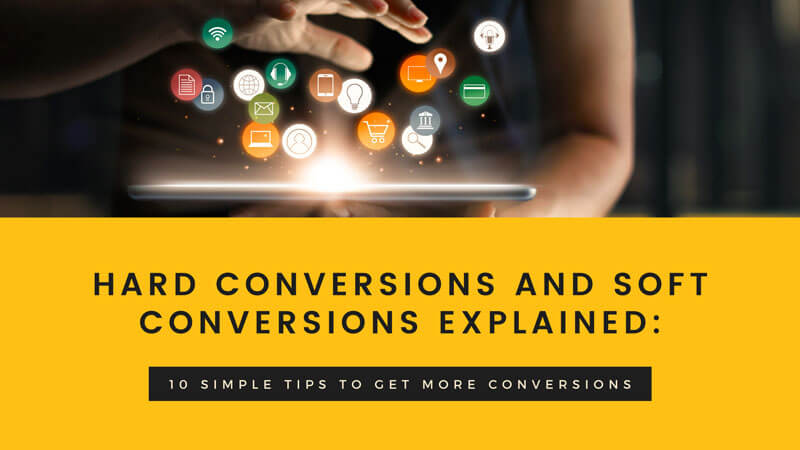
In this blog post, we have learned about hard conversions and soft conversions. We have learned what they are and how they impact our business.
We hope that you have found this post helpful.
If you need more conversions, sales, customers, and clients for your business then feel free to set up a free consultation with our team to learn how we can help you grow your business online.
We will ensure you have the right tools and strategy in place to give you the best chance of marketing success.
If you have any questions about hard conversions and soft conversions please feel free to leave a comment in the comment section below.
We answer all our comments!

